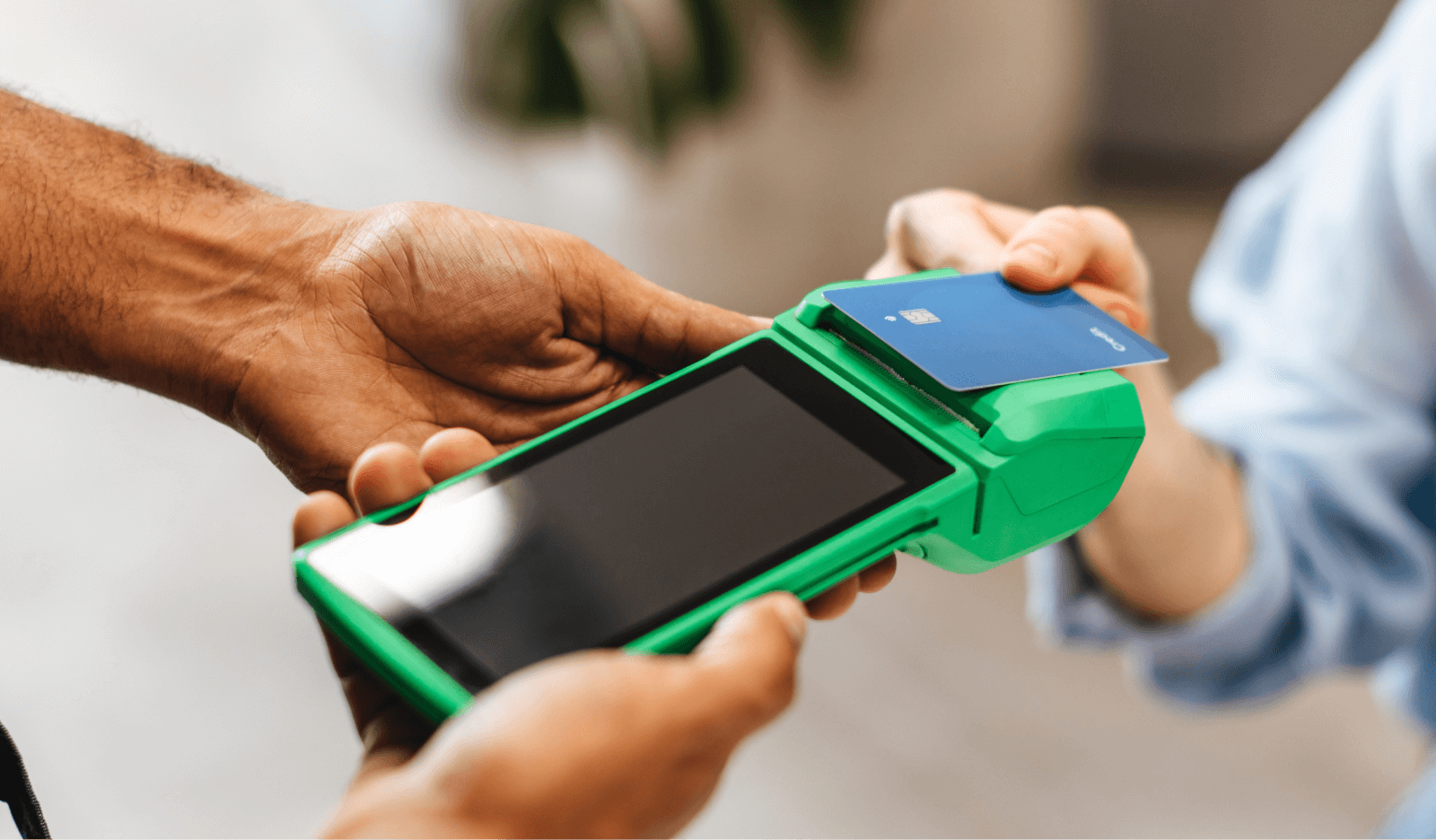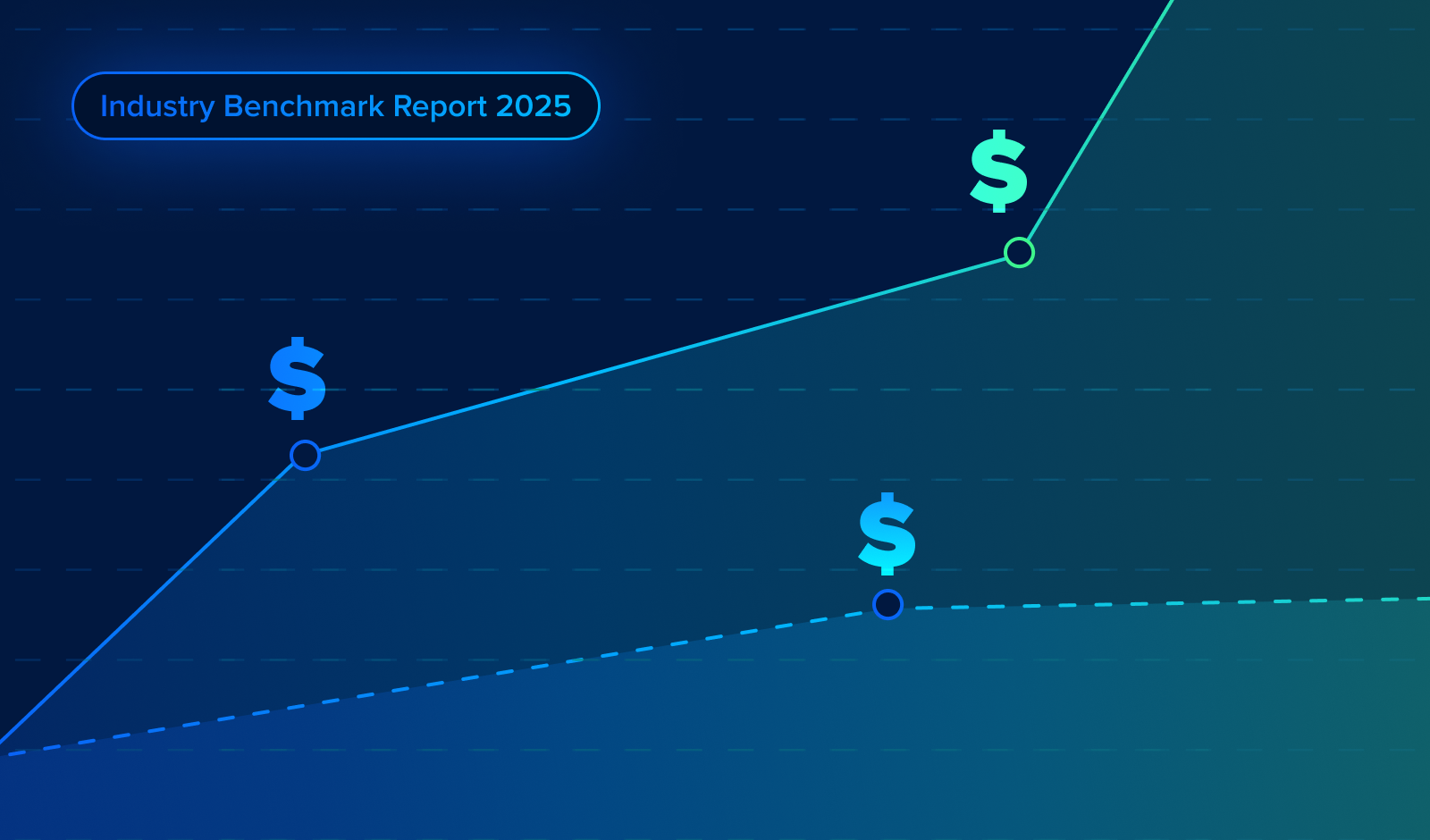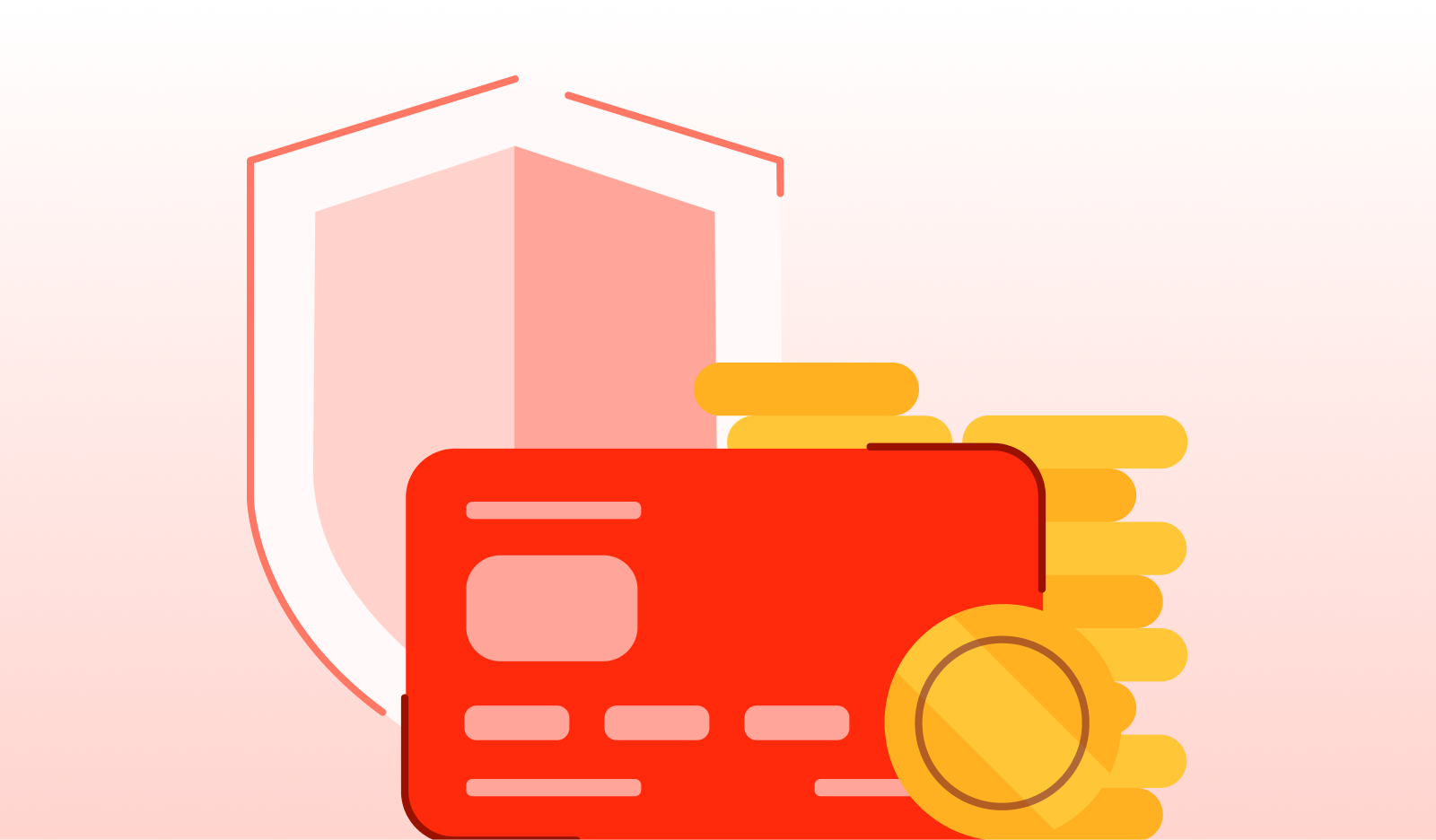In our ever-evolving digital age, how we manage our finances has transformed drastically. Traditional paper currency and coins are no longer the primary means of transaction for most people. Your guests are no different — many now prefer paying for goods and services using a form of cashless payment.
In this blog post, we'll delve into the world of cashless payments, exploring what they are, the latest statistics and trends, the different types available, and their pros and cons. We'll also provide some guidance on preparing your attractions business for cashless payments.
What is a cashless payment?
A cashless payment refers to any transaction or payment method not involving physical money or paper currency, conducted either in-person or online. Cashless payments can take various forms, including:
- Debit or credit cards: The most common form of cashless payment, consumers can pay in person by swiping or inserting their card or tapping their card on a contactless-enabled payment terminal.
- Mobile payments: This technology allows consumers to use their smartphones to complete transactions, either via secure digital wallets or a dedicated payment app. This umbrella term covers a variety of popular payment methods, including Apple Pay, Google Pay, and Samsung Pay.
- QR code: Using a two-dimensional code featuring black squares on a grid, these codes can be scanned with a smartphone to access the required information to make a payment or securely transfer funds.
- Buy Now, Pay Later: This cashless payment method allows guests to pay for products or services in installments over time.
- Online banking and transfers: Through online banking platforms or apps, individuals can transfer money electronically between bank accounts, pay bills, and conduct various financial transactions.
- Cryptocurrencies: Digital currencies like Bitcoin, Ethereum, and others allow for peer-to-peer transactions without needing a centralized authority.
As technology advances, cashless payments are seeing rapid adoption globally amongst attraction businesses and their guests. The COVID-19 pandemic has accelerated the adoption of cashless payments, but the above cashless payment methods present many benefits to business owners - convenience, transaction speed, easier and more efficient record-keeping, increased security, and lower costs related to cash management and handling.
Cashless payment statistics and trends
Cashless payments have undergone a substantial surge in recent years, portraying a dynamic and transformative landscape within the financial industry. The adoption of cashless payments showcases a clear and rapid acceptance of this secure and convenient payment method.
The proliferation of mobile wallets has been instrumental in driving this shift, with platforms such as Apple Pay, Google Pay, and Samsung Pay becoming pervasive in the daily lives of consumers. In 2022, a staggering 2.8 billion individuals worldwide harnessed the power of mobile wallets to conduct their financial transactions, underlining the accelerating adoption of digital payment methods.
Continuously advancing, global transaction values in digital payments are predicted to escalate even further, with Statista projecting a monumental surge to $6,685 trillion by 2023, indicating an annual growth rate of 16.6%.
The trend toward cashless payments shows no signs of slowing down. With an increasing emphasis on convenience, security, and efficiency, consumers and businesses alike continue to pivot toward digital payment solutions. Emerging markets, particularly in regions like Asia and Africa, are experiencing a rapid transformation as mobile penetration and internet accessibility enable more individuals to access and utilize cashless methods.
Furthermore, integrating artificial intelligence and blockchain technology is reshaping the cashless payment landscape, offering enhanced security measures and facilitating seamless transactions. This technological evolution not only supports the expansion of digital payment methods but also fosters an environment conducive to the growth of cryptocurrencies and decentralized finance (DeFi), adding layers of complexity and diversity to the cashless payment ecosystem.
As the landscape evolves, regulatory frameworks, interoperability, and standardization remain critical factors for ensuring the seamless integration and global acceptance of cashless payment systems. The future of cashless payments appears to be intertwined with the evolution of smart technologies, biometrics, and the Internet of Things (IoT), all of which promise to revolutionize and personalize the payment experience. As this journey unfolds, the transformation to a predominantly cashless society seems not just a possibility but an imminent reality, reshaping the way we conduct transactions and interact within the global financial ecosystem.
Pros and cons of cashless payments
Like any technological advancement, cashless payments have their advantages and disadvantages for business owners:
Pros
- More convenient: Cashless payments make it possible to accept payments anywhere, and provide consumers with their preferred way to pay, reducing service speed and increasing sales.
- Increased security: They are often more secure for consumers than carrying cash, with encryption and authentication protocols in place. Keeping less cash on hand also reduces the risk of theft and improves safety for employees.
- Easier record keeping: Digital transactions are automatically recorded and integrated with other software, making tracking expenses and managing finances more manageable without the burden of counting cash
- Increased hygiene: Contactless payments are a safer option for employees and consumers in a world increasingly concerned about hygiene.
- Lower costs: Business owners benefit from reduced costs associated with handling and managing physical cash, such as cash mishandling by staff and transportation expenses.
Cons
- Digital vulnerability: Cashless payments can be susceptible to cyberattacks and fraud.
- Financial exclusion: Not everyone can access or is comfortable with the technology required for cashless payments.
- Transaction fees: Some cashless methods come with transaction fees that can add up over time.
- Privacy concerns: Cashless payments may raise concerns about personal data and privacy.
How to get your venue ready for cashless payments
If you're an attractions business owner, adapting to the growing trend of cashless payments is essential to help meet changing guest demands, manage operational costs, and grow your business. To begin, ensure you invest in secure technology and a payment processing system to provide this function.
The ROLLER platform seamlessly combines with our in-house payment processing solution, ROLLER Payments, making selling your products online and on-site a breeze.
ROLLER Payments is a reliable and feature-rich payment processor, boasting an impressive 94.5% authorization rate. In addition to its reliability, ROLLER Payments supports 38 payment methods, including cashless payment options like digital wallets and Buy Now, Pay Later. Moreover, it ensures effortless integrated refund processes, simplified reconciliation, and robust safeguards against fraud.
Once you’ve adopted your payment processing system, educate and train your team on how to use this system properly and how to handle cashless transactions efficiently and securely.
Cashless payments increase convenience, security, and guest spending
Cashless payments are here to stay, with their increasing popularity driven by convenience, security, and technological advancements. While they come with pros and cons, adapting to this trend is essential for venues to remain competitive in today's rapidly evolving financial landscape. Embracing cashless payments benefits businesses and enhances the overall experience for guests in this digital age.
Click here to learn more about ROLLER Payments.
Read this next: ROLLER: Streamlined platform payments, superior customer experiences - Adyen



